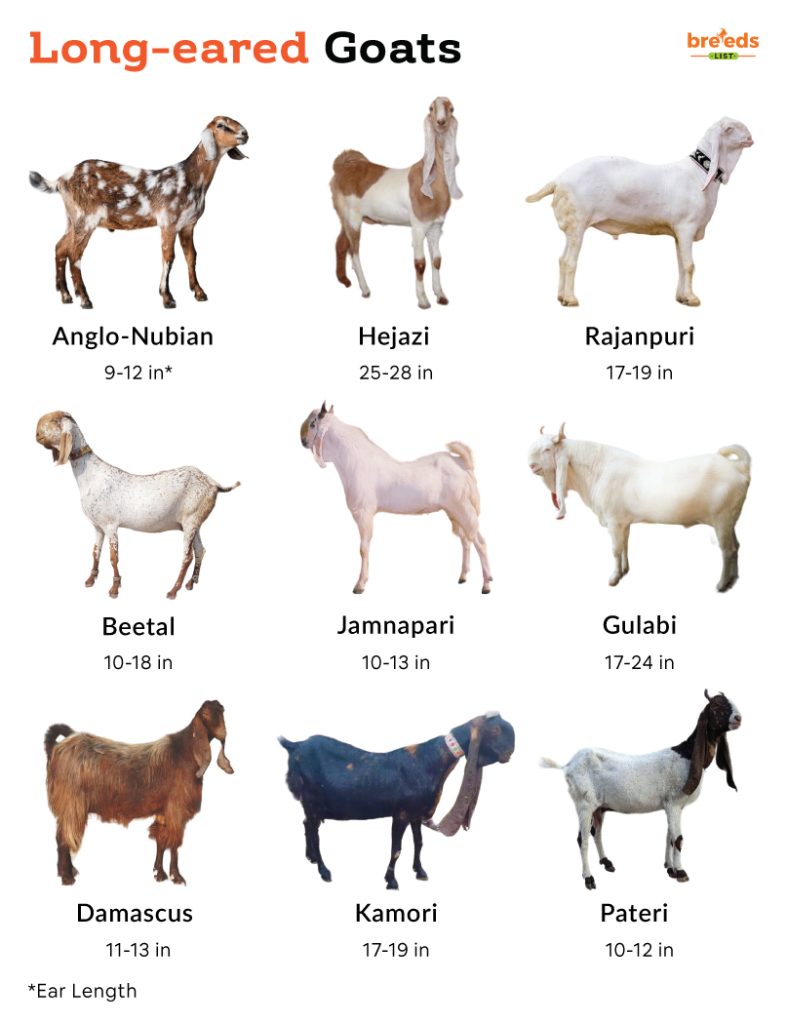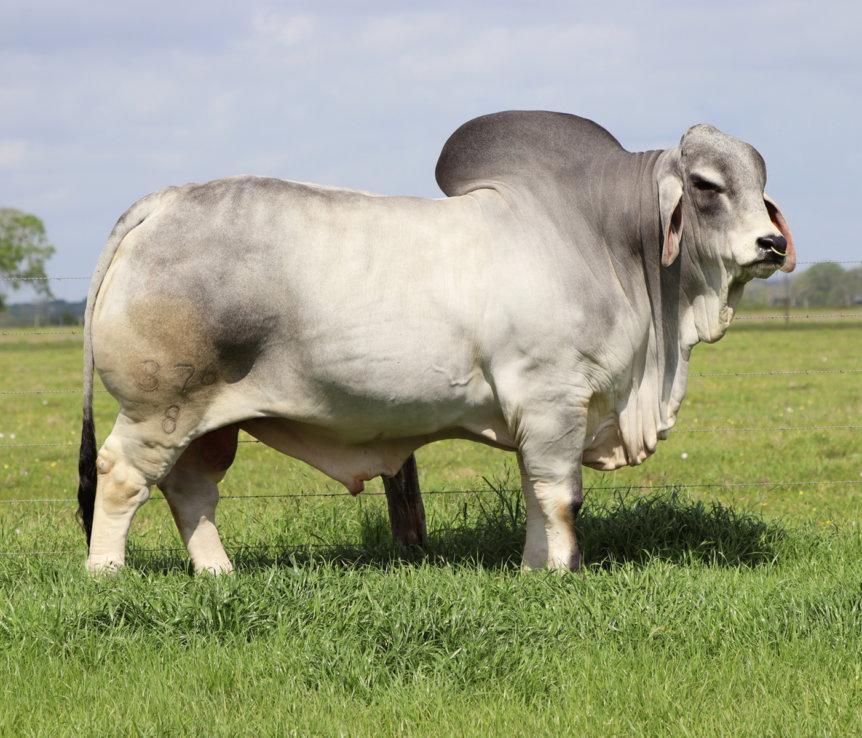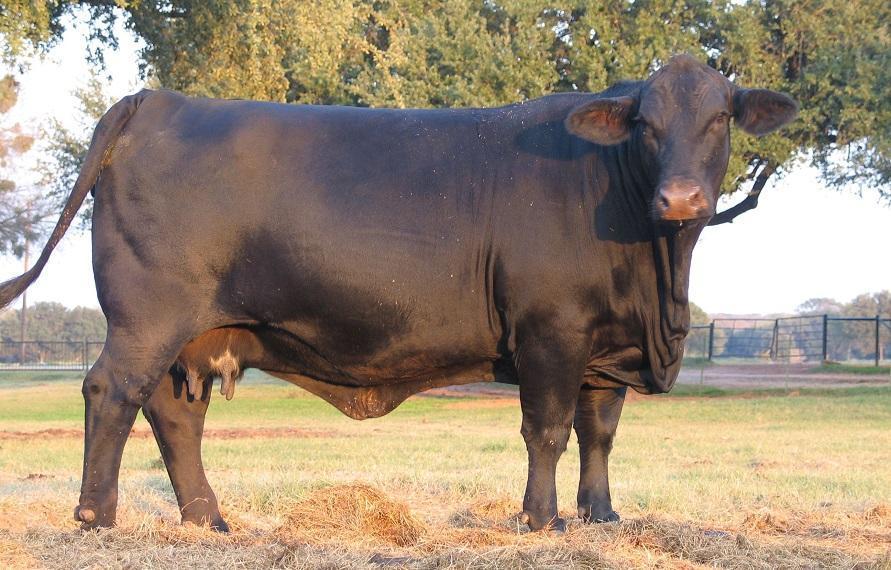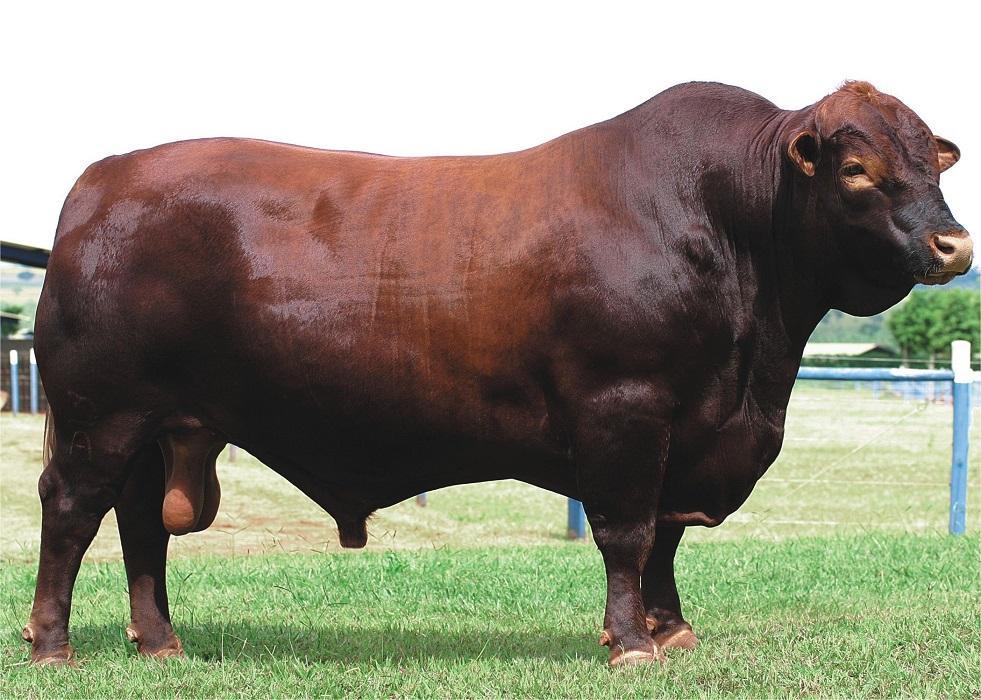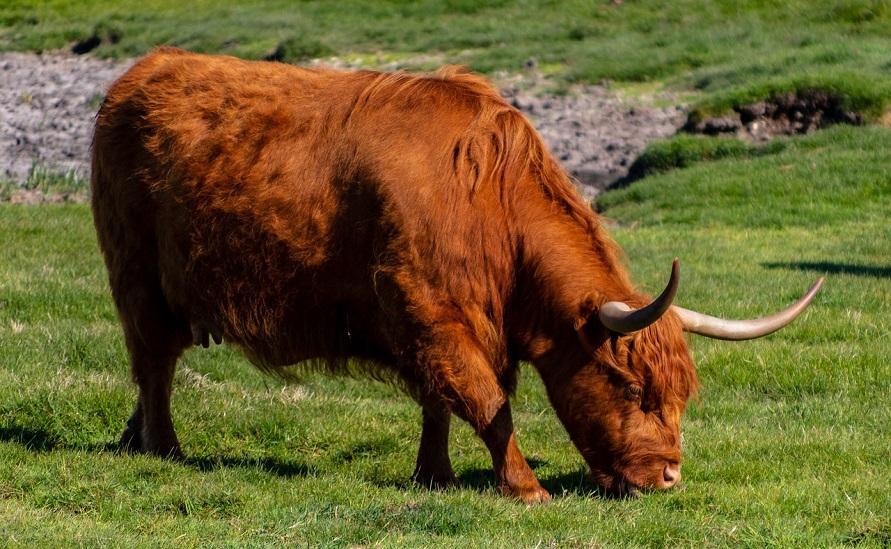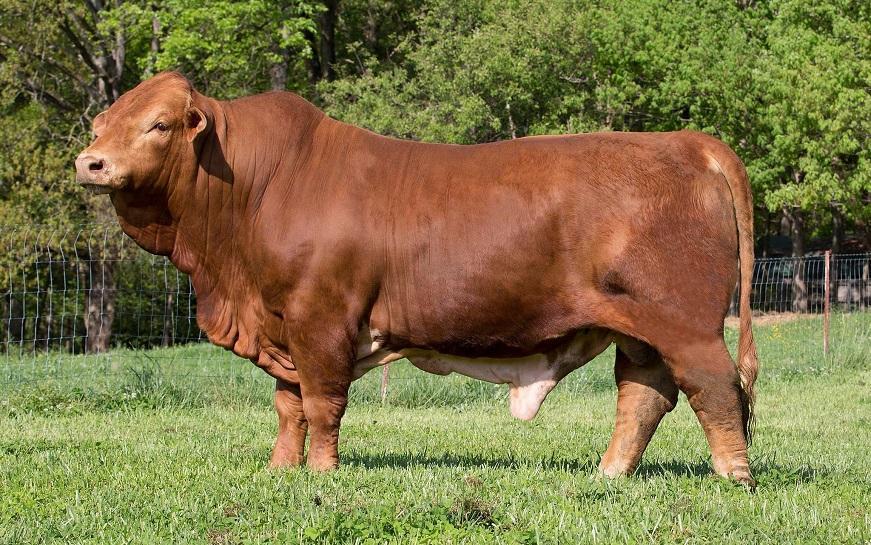Long-eared Goats
Some goat breeds, especially in Pakistan and some areas around it, have often been observed to have long ears. This unique feature may also be seen in breeds from certain African countries, like Egypt and Morocco, where the climate is arid. These long ears may be an adaptation to the breeds’ hot and humid surroundings.
How Do These Long Ears Help the Goat
- Increases Blood Circulation – The ears have a greater surface area due to their length, so the number of blood vessels in that part is also higher. This allows better blood circulation, preventing overheating during hot weather. In fact, goats native to cooler climates have been observed to have smaller, erect ears to stay warm.
- Acts as a Protective Shield – They protect the eyes and inner region of their ears from harsh sunlight, also keeping any dust, sand, or insects from entering.
List of Goats With Long Ears
Most of these breeds have developed long ears due to their genetics and to adapt to their environment. Sometimes, a genetic quirk can lead to a goat having even larger ears than usual. One of the most famous long-eared goats, Simba, was born in 2022 in Pakistan with 19-inch ears, which grew to about 22 inches in a month.
| Breed | Ear Description | Length of the Ears (in inches) |
|---|---|---|
| Anglo-Nubian | Pendulous and lopped | 9-12 |
| Beetal | Flat and drooping | 10-18 |
| Damascus | Pendulous and droops near the shoulders | 11-13 |
| Gulabi | Distinctly white, hangs below their shoulders | 17-24 |
| Hejazi | Pendulous and droopy, often up to 10 inches wide | 25-28 |
| Jamnapari | Flat, droops gracefully next to their heads | 10-13 |
| Kamori | Huge, reaching well below their shoulders | 17-19 |
| Pateri | Droopy, becomes wider near the end | 10-12 |
| Rajanpuri | Droops close to the head | 17-19 |
Sometimes, a goat’s ears may become floppy due to excessive heat. Especially if the ears aren’t naturally like that, the goat may need more water and shade to stay cool.

